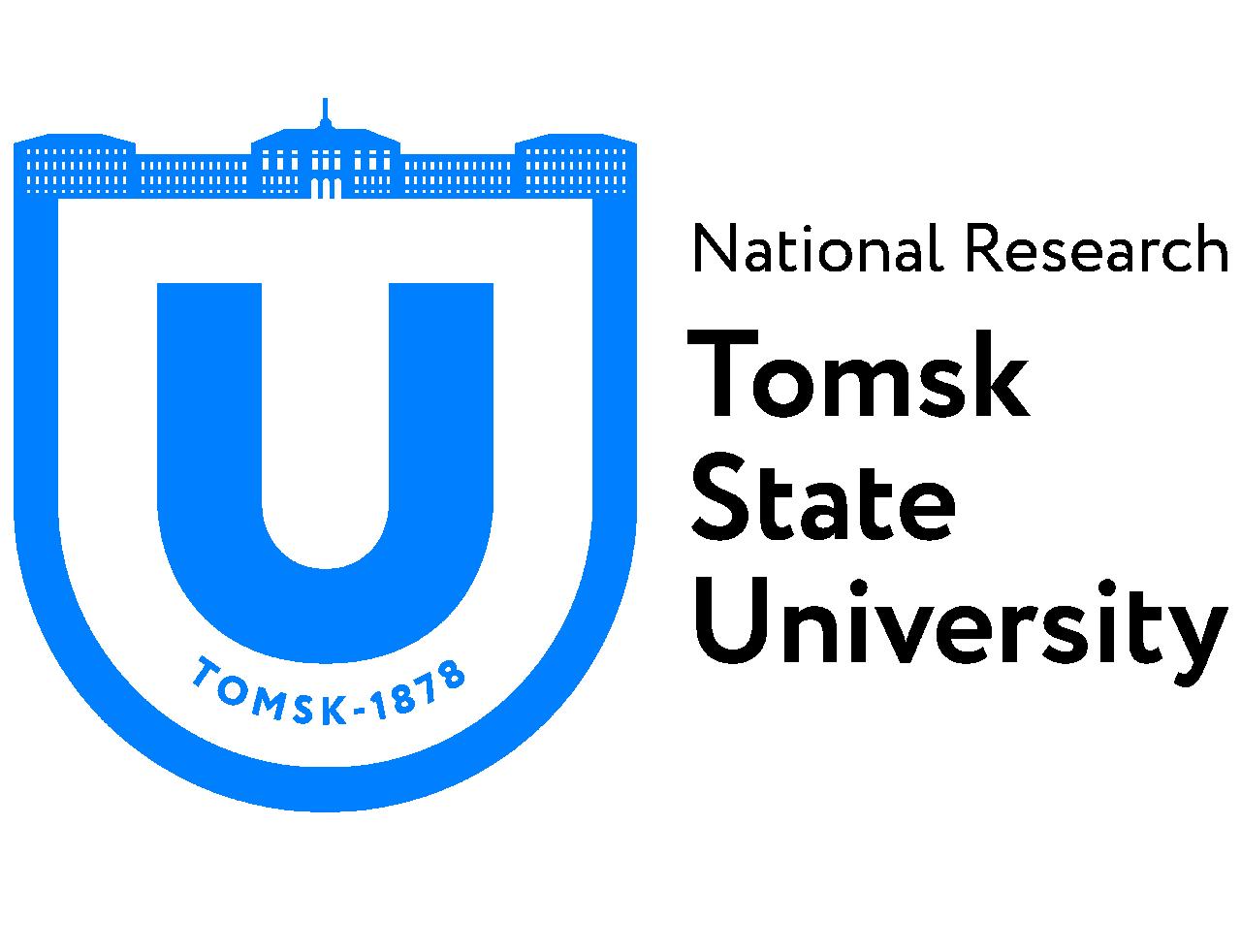Tomsk State University: TSU chemist is developing a material for treating complex burns
Olesya Laput, a young scientist at the TSU Faculty of Chemistry, is creating a material that will accelerate the regeneration of damaged skin. The main tool for achieving this goal is treatment with low-temperature plasma flows that modify the surface of the implant. In the research, she will study the degree of biocompatibility of new materials and human cells.
– The world is now actively working on new approaches and materials that contribute to the accelerated regeneration of extensive skin lesions, in particular, burns, says Olesya Laput, who is a staff member at the TSU Laboratory of Chemical Technologies. – During the project, scaffolds will be made from polylactide, a biodegradable material. This 150 to 300 micron-thick nonwoven fabric will act as a temporary scaffold to cover the damaged area and promote skin regeneration. Having completed its task, the polylactide-based material will be destroyed and naturally excreted from the body.
While there are many advantages, the disadvantage of fibrous polylactide scaffolds is poor adhesion and wettability of their surface. This negatively affects the survival rate of the implant and can lead to the development of various complications – from inflammation to material rejection, which further increases the area of damage. The solution to the problem is surface modification. To activate it, TSU chemists treat the material with low-temperature plasma flows, using different gases – oxygen, argon, nitrogen, and ammonia.
– The formation of oxygen-containing and nitrogen-containing functional groups on the surface of the material contributes to the improvement of biocompatibility, but it is important to choose the right processing modes for the material, – says Olesya Laput. – At the first stage of the project, the optimal exposure parameters will be selected – treatment time, plasma flow rate, and others.
The second phase of the project is dedicated to the study of the compatibility of the modified coating with human cells, first of all, with macrophages, the cells of innate immunity.
Obtaining new fundamental knowledge will bring the material to practical use: application in burn centers and other medical institutions.

